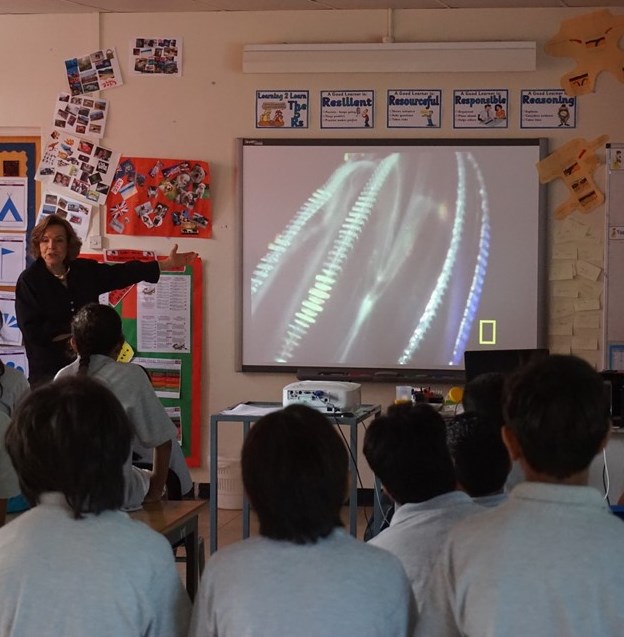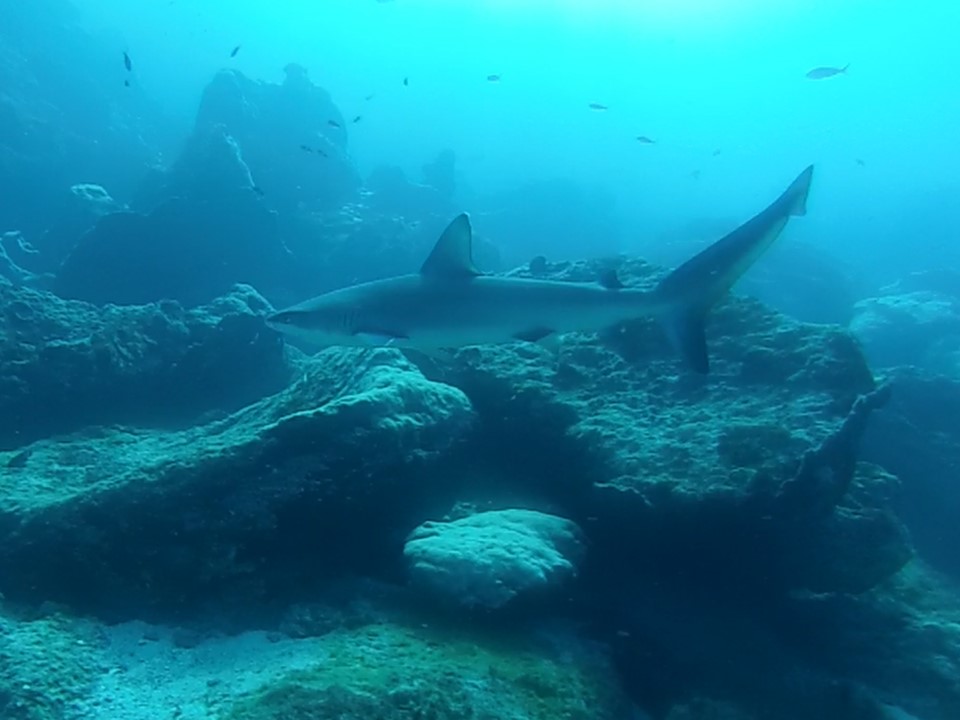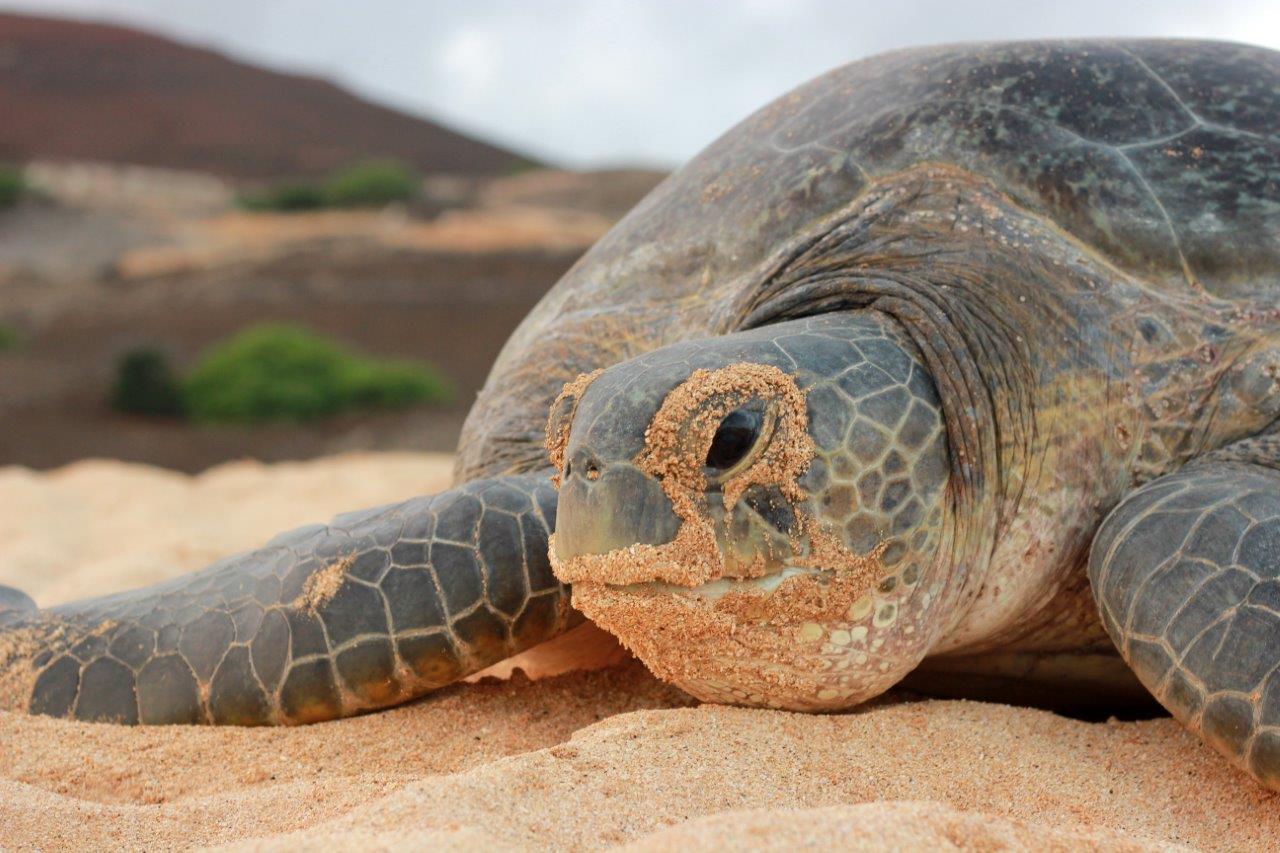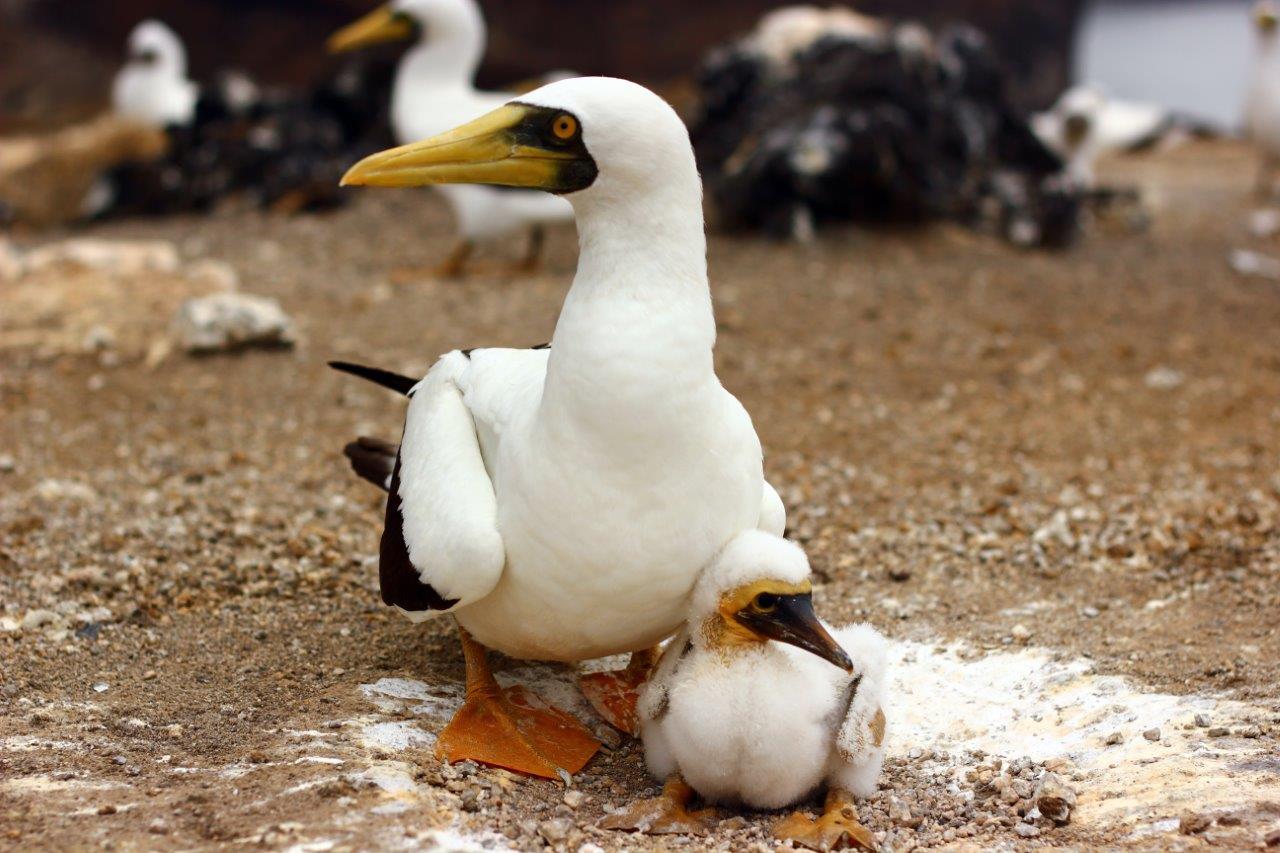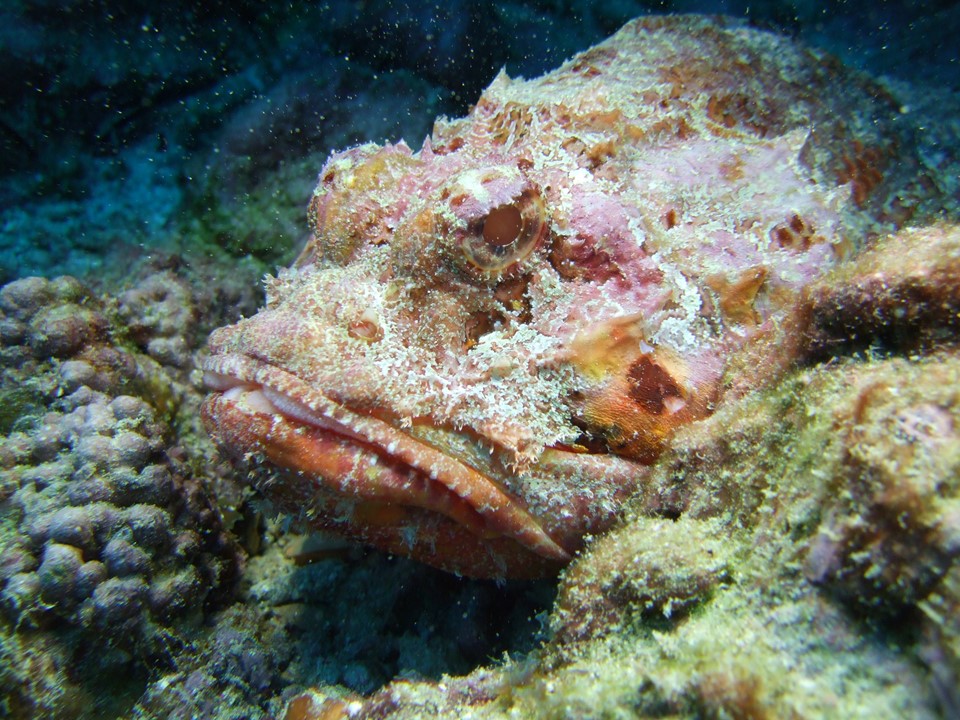Mounting pressure for marine protection
IUCN has teamed up with a coalition of leading marine conservation organisations to urge the British Government to safeguard the maritime zones of the UK’s overseas territories by creating three of the largest marine protected areas (MPAs) in the world.
Through the Great British Oceans campaign, this alliance between 106 signatories including The Royal Society for the Protection of Birds (RSPB), Greenpeace UK, the Pew Charitable Trusts, the Marine Conservation Society, the Zoological Society of London, the Blue Marine Foundation and National Geographic Society is gaining support for the UK to fund large-scale protection of the waters surrounding Ascension, Pitcairn and South Sandwich Islands.
The United Kingdom has jurisdiction over the fifth largest maritime zone in the world – an area of ocean nearly 30 times the size of the UK itself. The three MPAs proposed, around Ascension and South Sandwich Islands in the South Atlantic and Pitcairn in the South Pacific, would more than double the size of existing protected areas in the ocean.
Fully protecting these areas would mean shielding countless rare and threatened species including endemic seabirds, whales, turtles, penguins and corals from the enormous threats of overfishing, pollution and resource extraction.
Earlier this month, Mission Blue founder, IUCN Patron and National Geographic Explorer-in-Residence Dr Sylvia Earle visited Ascension Island with IUCN’s Marine Vice-Chair of the World Commission on Protected Areas, Professor Dan Laffoley, and RSPB’s Head of Overseas Territories, Jonathan Hall, to explore this Mission Blue ‘Hope Spot’, draw attention to its values and seek the views of island residents.
After their visit, the team flew to London to address the House of Commons. Dr Earle outlined the challenges faced by the local community of just 800 people, and the huge responsibility placed upon them by the UK Government to manage a vast marine area on its behalf.
“We have a long way to go to reach our global pledge of protecting 10% of the world’s ocean by 2020 so action needs to be taken now to protect these precious ecosystems. By protecting its overseas territories, the UK has the potential to create the largest marine reserve in the world and make a significant contribution to this global target,” said Dr Earle.
"The event at the House of Commons was an important opportunity to brief politicians and their guests. Having the latest satellite technologies developed in the UK embraced, particularly right now by the UK Foreign and Commonwealth Office, would enable monitoring and enforcement to be much more cost effective than back in the days when the only solution was providing expensive enforcement boats. This is a key opportunity for the UK to show innovative global leadership in the area," said Professor Laffoley.
“This opportunity to create fully protected, large-scale marine reserves in the UK Overseas Territories comes as the UK general election approaches in May 2015,” Professor Laffoley added. “Public pressure on government officials to provide support and safeguard marine wildlife is mounting. There is still time, but not much, for the UK to do its part to safeguard vast expanses of ocean and the health of our planet as a whole.”
By protecting Ascension Island, the Pitcairn Islands and South Sandwich Islands, the UK could surpass the United States as the world leader in ocean protection.
The Great British Oceans campaign has noted that enforcing and monitoring the proposed marine reserves would be cost effective, with the use of novel satellite technology being developed in the UK by the Pew Charitable Trusts, the Satellite Applications Catapult and the UK Government. This technology enables analysts to monitor and report suspicious and illegal fishing practices in marine reserves. Pew has already agreed to support monitoring efforts in the proposed Pitcairn MPA.
